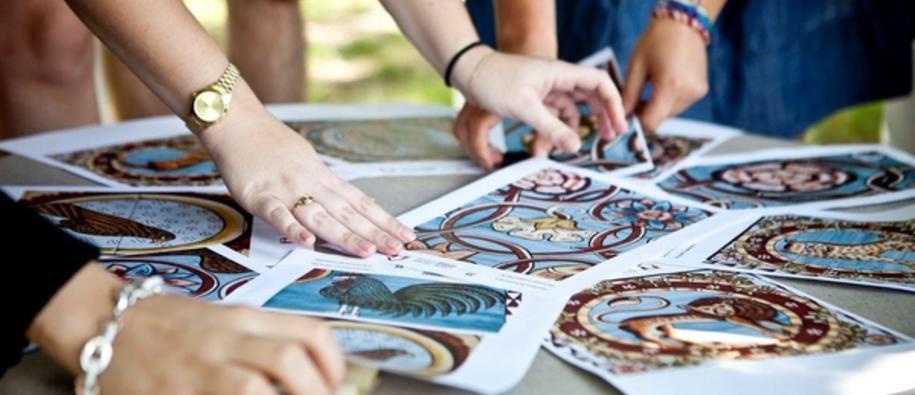This is the main message of the independent mid-term evaluation of the EEA Grants-funded culture programmes published today.
The three donor countries, Iceland, Liechtenstein and Norway, contribute over €200 million to preserving cultural heritage and promoting diversity in culture and arts in Europe. The funding is channelled through the EEA Grants to programmes in 14 beneficiary countries: Bulgaria, Cyprus, the Czech Republic, Estonia, Hungary, Latvia, Lithuania, Malta, Poland, Portugal, Romania, Slovakia, Slovenia and Spain.
Positive progress
The vast majority of funds have been allocated to the preservation and restoration of cultural heritage sites, in particular museums and libraries, as well as to a range of artistic disciplines promoting diversity in culture. This is in line with the overall aims of the programmes.
The report emphasises the beneficial economic and social spin-off effects, expected to endure beyond the funding period, including:
- job creation at restoration sites
- boost for tourism
- development of new skills and competences
- improved educational and social cohesion
Findings confirm that the programmes are well-run and that the donor programme partner involvement has positively impacted on the design and management of the programmes.
By March 2015 (data extraction limit for the evaluation), nearly €134 million of funds had been allocated to 244 projects. A total of 144 projects involve a partner from one of the donor countries. Project partnerships were particularly prevalent in the cultural diversity programmes where over 70% of projects involved partners. (By November 2015, this had risen to €200 million of funding allocated to 440 projects, of which 240 involve a partner).
While the report notes that many of the overall effects of programmes were still to be achieved given the time needed for programme start-up, it provides a comprehensive assessment of progress so far.
Other key findings include:
- In-country demand has been high and the programmes are popular and visible.
- Many of the projects have included an important social dimension – including the protection and promotion of the cultural heritage of minorities like Roma or Jewish communities (through, for example, the restoration of synagogues), or disadvantaged groups as creators, performers or audiences.
- There has been a substantial increase in the extent of bilateral cooperation in projects compared to the previous funding period. This has helped to build capacity and increase international links between cultural players in the donor and beneficiary countries.
Snapshot: More than 2.5 million participants have taken part in the €3 million Norway Grants Jewish Cultural Heritage project at the Museum of the History of Polish Jews
The goal of the project is to promote tolerance in today’s multicultural society. It is aimed at school children and young people, teachers and educators, as well as people and communities across Poland with limited access to culture. The project is carried out in cooperation with several Norwegian institutions: HL-Senteret, the European Wergeland Center, Falstad Center and the Jewish museums of Oslo and Trondheim.
Key achievements:
- 430 000 school students participated in educational activities at the Museum or online
- 1 500 workshops, walking tours, and meetings with witnesses of history for schools
- 50 teachers form Museum’s network of Ambassadors across Poland
- 80 000 visitors to the Museum on Wheels touring exhibition
- Over 1 200 volunteers and 850 schools took part in the Daffodil Educational and Social Campaign
- 2 million users of the Virtual Shtetl website
- 170 000 users of The Polish Righteous website
Lessons learned
As well as assessing the progress of the current programmes, findings and recommendations from the mid-term evaluation will also inform the development of programmes in the next funding period. Key recommendations include maintaining the programme-based approach and continuing the role of the donor programme partner. The report also advises reducing the number of programmes overall and encouraging greater strategic focus.
You can read about the findings, lessons learned and recommendations in more detail in the citizens’ summary and in the full report.
Cultural heritage mid-term evaluation-citizens summary (PDF) CSES Evaluation of EEA Grants Final Report (FIN) (PDF)More on culture and the EEA Grants
Programme Area: Conservation and revitalisation of cultural and natural heritage
Programme Area: Promotion of diversity in culture and arts within European Cultural Heritage
Cultural heritage and diversity factsheet
Summary list of culture projects supported by the EEA Grants

